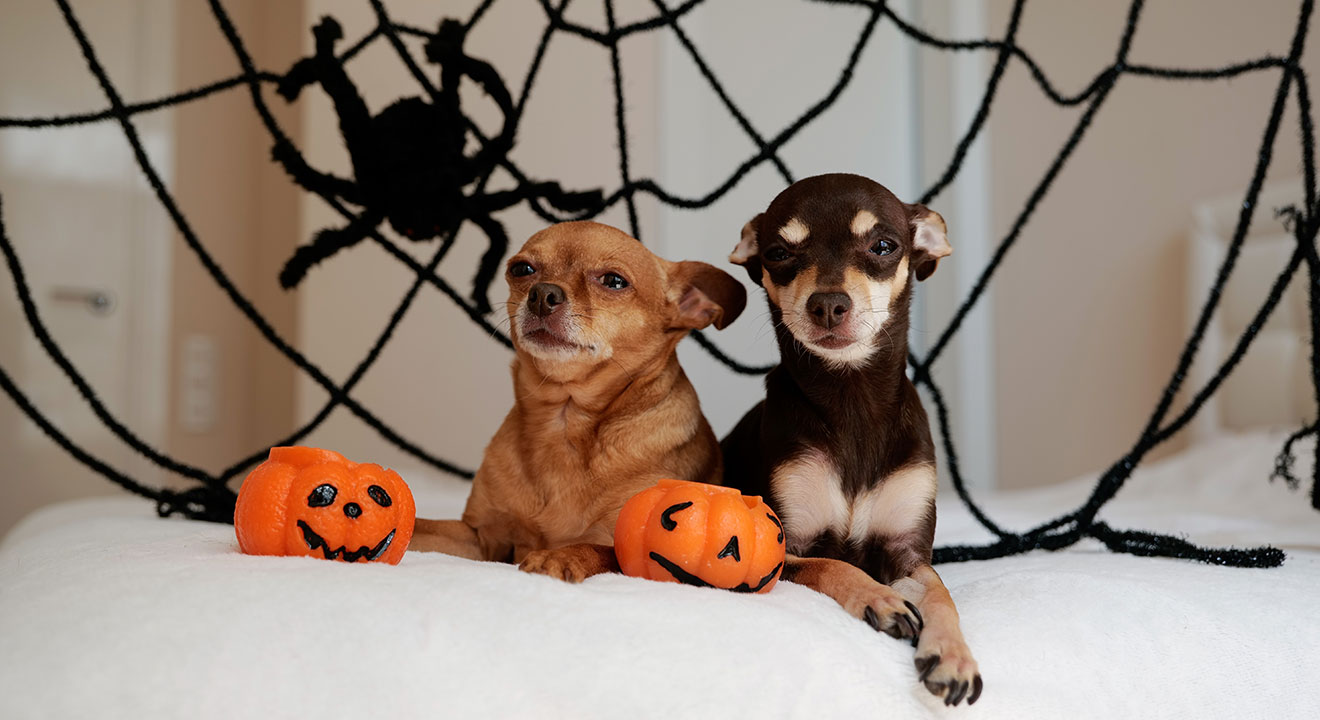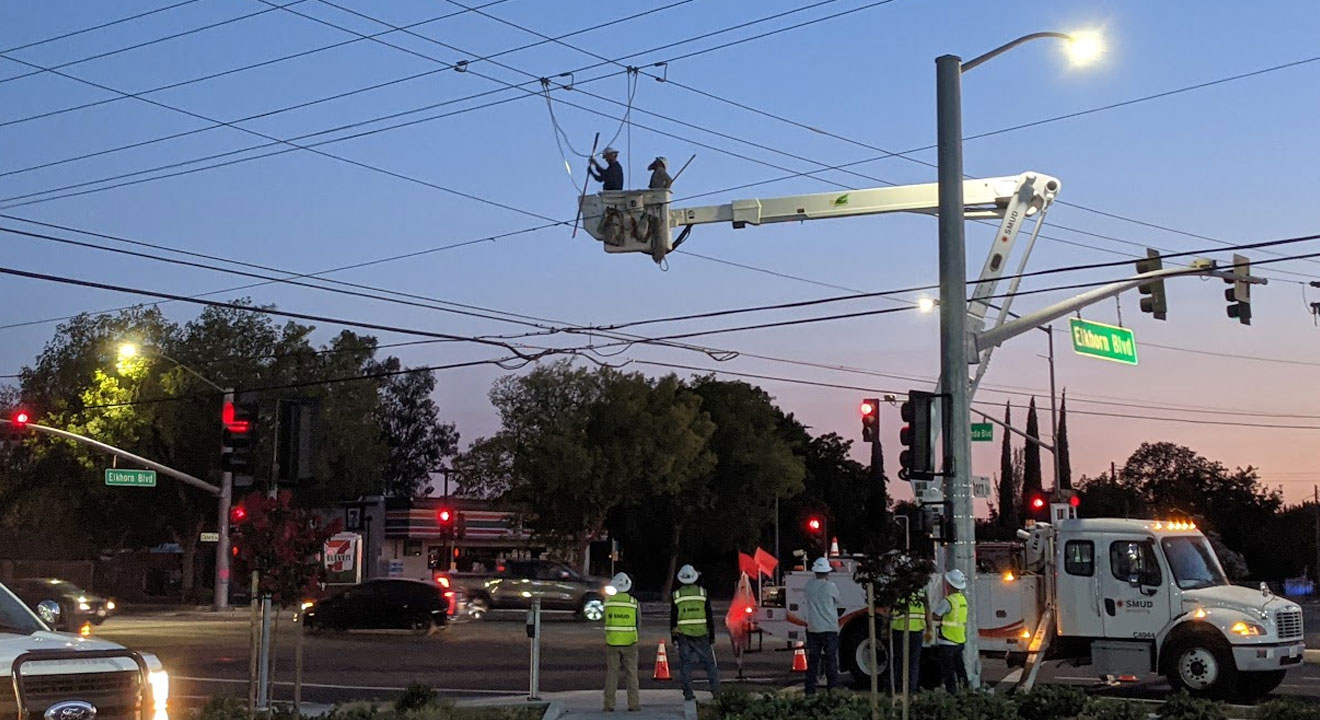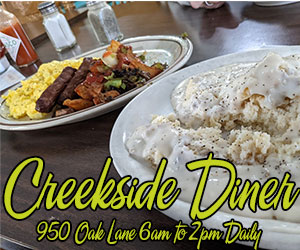This Halloween, don’t let your pet get spooked! From decorating to celebrating, you and your pet can enjoy a stress-free holiday by following a few simple safety precautions.
Candy is for “ghouls and goblins,” not the household pet
- All chocolate can be very dangerous for dogs and cats. Symptoms of significant chocolate ingestion may include vomiting; diarrhea; hyperactivity; increased thirst, urination, and heart rate; and seizures.
- Candies containing the artificial sweetener xylitol can be poisonous and deadly to dogs. Even small amounts of xylitol sweetener can cause a sudden drop in blood sugar, which leads to depression, lack of coordination, and seizures.
- Ingesting tin foil and cellophane candy wrappers can pose a choking hazard or cause intestinal blockage.
Decorate Accordingly
- Pumpkins and decorative corn used for decorations are considered to be relatively non-toxic, but they can produce gastrointestinal upset in pets if eaten.
- Keep wires and cords from electric lights and other decorations out of reach of your pets to reduce the chances of injury or electrocution.
Jack-O-Lantern Safety
- Pets can easily knock a lit pumpkin over and cause a fire. Curious kittens especially run the risk of getting burned or singed by candle flames.
Holiday Costumes
- Don’t put your dog or cat in a costume unless you know they love it. For a pet not used to dressing up, wearing a costume can cause undue stress. Instead of a whole costume, consider a bandana or colorful collar instead.
- If you do dress up your pet, make sure the costume isn’t annoying or unsafe. It should not constrict the animal’s movement or hearing, or impede his/her ability to breathe, bark or meow. Also, try on costumes before the big night. If your pet seems distressed, allergic or shows abnormal behavior, it’s time to take the costume off.
- Make sure the costume fits your pet correctly, and that it does not have small, dangling or easily chewed-off pieces that they could choke on.
- If you’re dressing yourself up for the holiday, be mindful of what might scare your pet. Many pets can be spooked by masks, hats and heavy costume makeup. If your pet is easily scared, consider a costume that won’t conceal your appearance.
Keep Your Pets in a Quiet Environment
- Dogs and cats should be kept in a separate room away from the front door during peak trick-or-treat visiting hours. When opening the door for trick-or-treaters, take care that your cat or dog doesn’t dart outside.
- If hearing the doorbell ring or the sounds of strangers’ voices is stressful for your pet, consider leaving a bowl of candy outside with a sign and refilling as necessary.
IDs, please – Always make sure your dog or cat has proper identification. If for any reason your pet escapes and becomes lost, a collar and tags and/or a microchip can increase the chances that they will be returned to you. If your pet already has a microchip, please check that it is updated with your current contact information.
A Word About Black Cats – Consider adopting a black cat from the Bradshaw Animal shelter, as they are just as wonderful a pet and are only half as likely to find forever homes.
For more Halloween safety tips, visit the Bradshaw Animal Shelter website or view the printable pet safety brochure.
This Halloween, don’t let your pet get spooked! From decorating to celebrating, you and your pet can enjoy a stress-free holiday by following a few simple safety precautions.
Candy is for “ghouls and goblins,” not the household pet
- All chocolate can be very dangerous for dogs and cats. Symptoms of significant chocolate ingestion may include vomiting; diarrhea; hyperactivity; increased thirst, urination and heart rate; and seizures.
- Candies containing the artificial sweetener xylitol can be poisonous and deadly to dogs. Even small amounts of xylitol sweetener can cause a sudden drop in blood sugar, which leads to depression, lack of coordination and seizures.
- Ingesting tin foil and cellophane candy wrappers can pose a choking hazard or cause intestinal blockage.
Decorate Accordingly
- Pumpkins and decorative corn used for decorations are considered to be relatively non-toxic, but they can produce gastrointestinal upset in pets if eaten.
- Keep wires and cords from electric lights and other decorations out of reach of your pets to reduce the chances of injury or electrocution.
Jack-O-Lantern Safety
- Pets can easily knock a lit pumpkin over and cause a fire. Curious kittens especially run the risk of getting burned or singed by candle flames.
Holiday Costumes
- Don’t put your dog or cat in a costume unless you know they love it. For a pet not used to dressing up, wearing a costume can cause undue stress. Instead of a whole costume, consider a bandana or colorful collar instead.
- If you do dress up your pet, make sure the costume isn’t annoying or unsafe. It should not constrict the animal’s movement or hearing, or impede his/her ability to breathe, bark or meow. Also, try on costumes before the big night. If your pet seems distressed, allergic or shows abnormal behavior, it’s time to take the costume off.
- Make sure the costume fits your pet correctly, and that it does not have small, dangling or easily chewed-off pieces that they could choke on.
- If you’re dressing yourself up for the holiday, be mindful of what might scare your pet. Many pets can be spooked by masks, hats and heavy costume makeup. If your pet is easily scared, consider a costume that won’t conceal your appearance.
Keep Your Pets in a Quiet Environment
- Dogs and cats should be kept in a separate room away from the front door during peak trick-or-treat visiting hours. When opening the door for trick-or-treaters, take care that your cat or dog doesn’t dart outside.
- If hearing the doorbell ring or the sounds of strangers’ voices is stressful for your pet, consider leaving a bowl of candy outside with a sign and refilling as necessary.
IDs, please – Always make sure your dog or cat has proper identification. If for any reason your pet escapes and becomes lost, a collar and tags and/or a microchip can increase the chances that they will be returned to you. If your pet already has a microchip, please check that it is updated with your current contact information.
A Word About Black Cats – Consider adopting a black cat from the Bradshaw Animal shelter, as they are just as wonderful a pet and are only half as likely to find forever homes.
For more Halloween safety tips, visit the Bradshaw Animal Shelter website or view the printable pet safety brochure.














